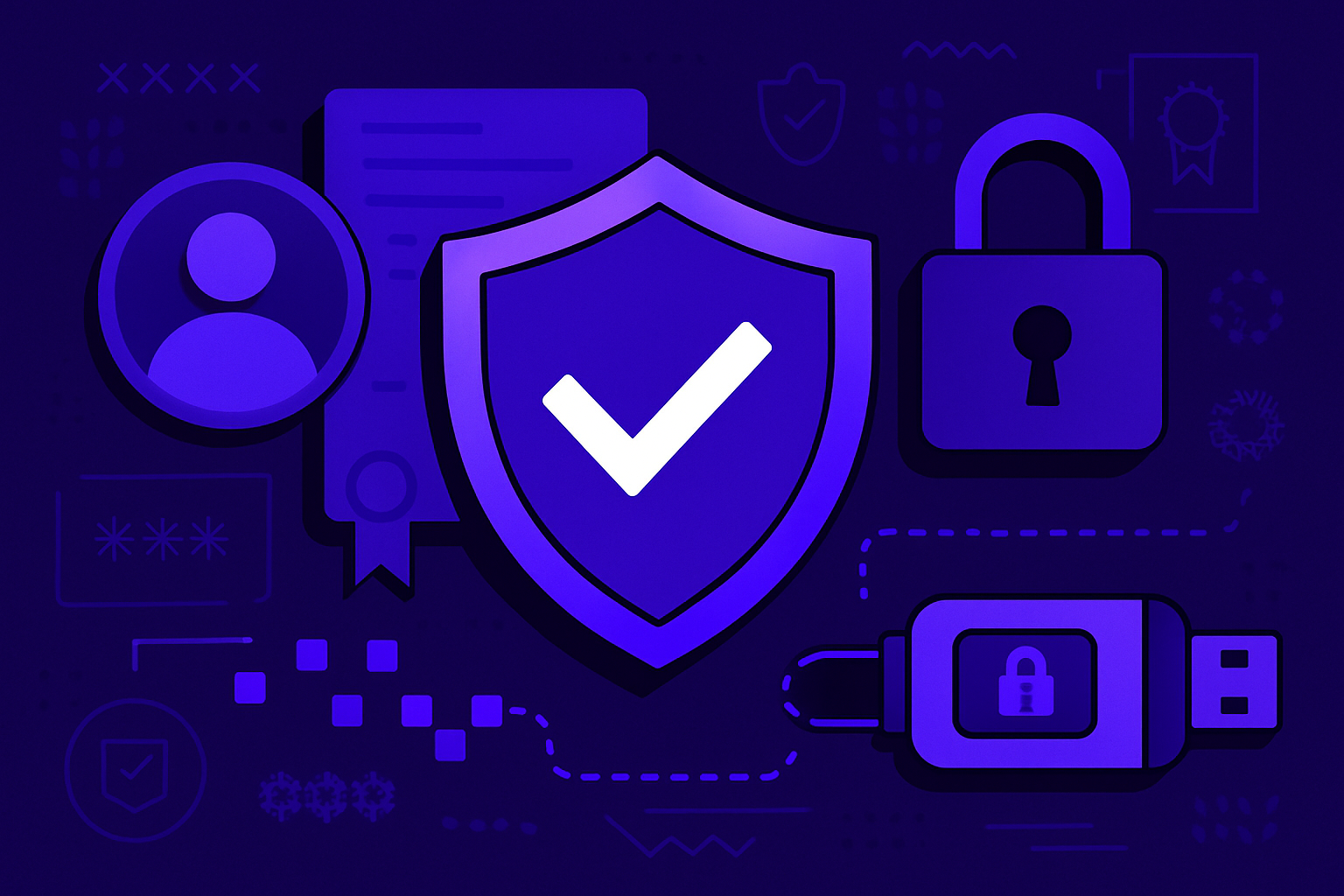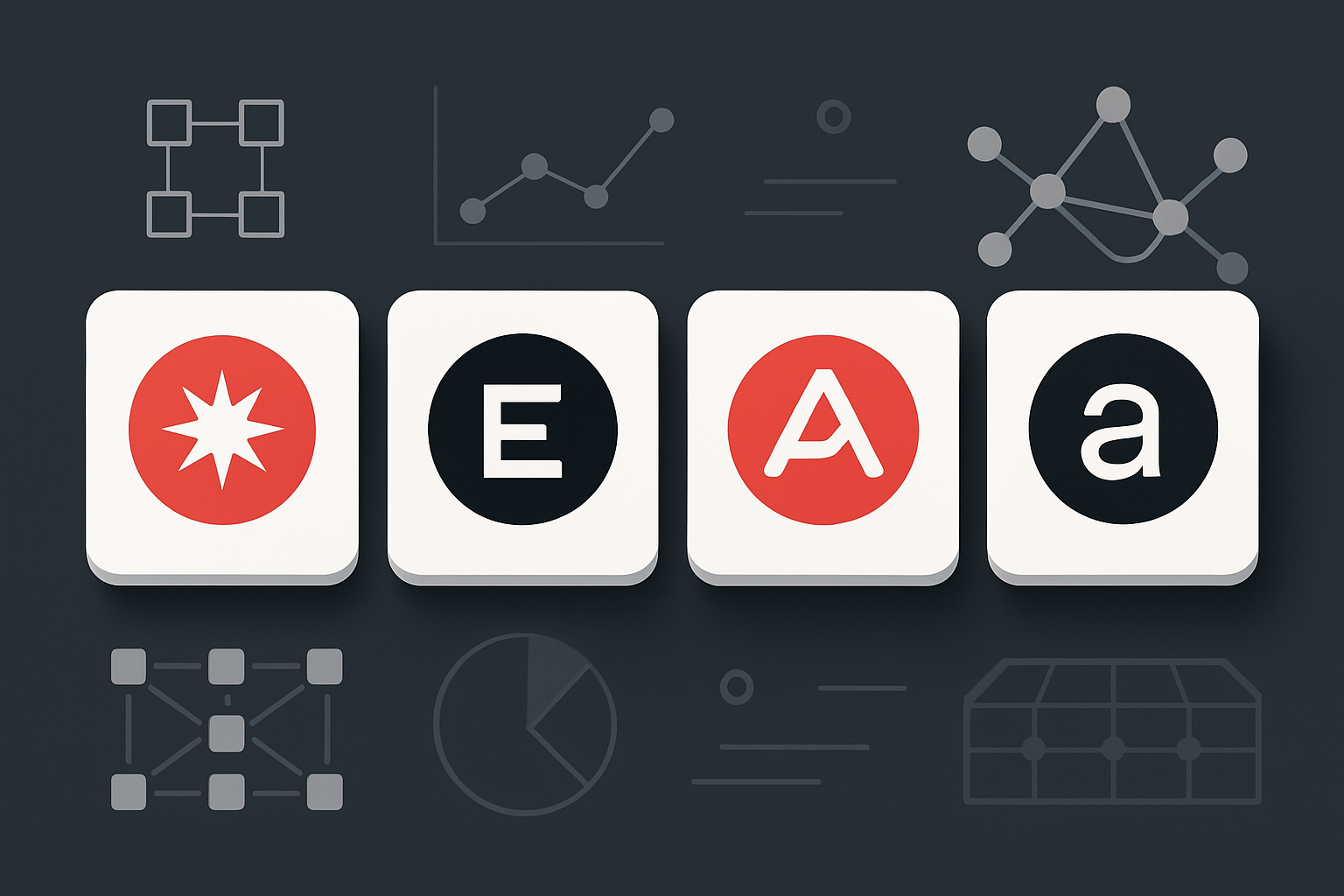
Rollups have become the cornerstone of Layer-2 scaling, offering a compelling path to greater throughput and lower costs by processing transactions off-chain before finalizing them on Layer 1. However, the rise of rollups has surfaced a crucial bottleneck: the reliance on centralized sequencers. This single point of control not only limits scalability but also introduces security risks such as censorship and potential for manipulation. As the modular blockchain thesis matures, decentralized sequencer networks are emerging as a transformative solution, fundamentally reshaping how rollup security and scalability are achieved.

Why Sequencer Decentralization Matters for Rollup Security
In traditional rollup architectures, a centralized sequencer is responsible for ordering and batching user transactions. While efficient, this setup exposes users to significant risks: if the sequencer misbehaves or goes offline, users may experience delays, censorship, or even loss of funds. Decentralized sequencer networks distribute this critical function across multiple independent nodes using robust consensus mechanisms like BFT (Byzantine Fault Tolerance). This design dramatically improves censorship resistance and ensures liveness even in adversarial conditions.
The Movement Network’s Decentralized Shared Sequencer (DSS), for example, exemplifies this approach by enabling seamless cross-rollup interoperability while eliminating single points of failure. When sequencing is distributed, no single entity can dictate transaction order or exclude participants. This not only strengthens user trust but also guards against MEV (Miner Extractable Value) attacks and front-running, two persistent threats in DeFi ecosystems.
Shared Sequencer Networks: Unlocking Cross-Rollup Composability
A major advantage of decentralized sequencer networks is their ability to serve multiple rollups simultaneously. Known as shared sequencers, these networks create a unified layer where many rollups can submit transactions to be ordered together. This architecture enables atomic cross-rollup trades and true composability, a game changer for modular blockchain infrastructure.
Consider the scenario where two users want to swap assets that reside on different rollups. With shared sequencing, both transactions can be included in the same block and finalized atomically, mitigating bridging risks and consolidating fragmented liquidity pools. Projects like Astria are pioneering these concepts by offering decentralized shared sequencer services designed specifically for fast finality and censorship resistance across diverse Layer-2s.
This shared model not only reduces operational overhead for each individual rollup but also fosters powerful network effects, the more rollups participate in a shared sequencer network, the greater its value and security guarantees become. For an in-depth look at how shared sequencers enable atomic cross-rollup trades within modular stacks like OP Stack, see this detailed analysis.
The Synergy Between Modular DA Layers and Decentralized Sequencing
The evolution toward modular blockchain infrastructure means that data availability (DA) layers and sequencing layers can be optimized independently, yet they must work in harmony to maximize scalability and security. A well-designed modular DA layer ensures that all transaction data remains available to validators and users alike, preventing data withholding attacks while supporting high-throughput operations.
As more rollups leverage these optimized DA solutions (such as Celestia or Avail), integrating with decentralized sequencer networks allows them to inherit strong censorship resistance without sacrificing performance. The synergy between these components is what enables next-generation Ethereum rollup architectures to scale securely without reverting to trusted intermediaries or sacrificing decentralization ideals.
Bringing these elements together, the blockchain landscape is seeing a fundamental shift. By decoupling sequencing from execution and data availability, modular DA layers and decentralized sequencer networks empower rollups to innovate rapidly while preserving the permissionless ethos that underpins public blockchains. This separation of concerns means developers can select best-in-class solutions for each layer, optimizing for their application’s unique needs, whether that’s ultra-low latency, robust MEV mitigation, or seamless cross-chain composability.
For example, a rollup can leverage a high-throughput modular DA layer like Celestia for scalable data storage while plugging into a decentralized shared sequencer network to guarantee fair transaction ordering and cross-rollup interoperability. This flexibility is already attracting diverse projects eager to escape the limitations of monolithic Layer-1s and siloed Layer-2s.
It’s also important to recognize the role of consensus mechanisms in these networks. Byzantine Fault Tolerance (BFT) consensus ensures that even if some sequencers act maliciously or go offline, the network as a whole remains resilient. This not only enhances security but also improves uptime and reliability across all connected rollups.
The Road Ahead: Challenges and Opportunities
Despite their promise, decentralized sequencer networks are not without challenges. Coordinating many independent nodes introduces complexity around latency, incentive alignment, and protocol upgrades. There are also questions around how MEV extraction will evolve in an environment where no single sequencer can dictate transaction order, will new forms of value capture emerge? Projects like Radius and Astria are actively researching these questions as they build production-ready shared sequencing infrastructure.
Yet the opportunities far outweigh the hurdles. As more rollups adopt decentralized sequencing, we’re likely to see:
- Greater user protection against censorship or downtime
- Lower barriers for new rollups to launch securely with minimal operational overhead
- Network effects as liquidity, users, and applications converge on interoperable shared sequencer networks
- Smoother atomic transactions across different Layer-2 ecosystems without risky bridges
This evolution is not just theoretical; it’s being built in real time by teams across the modular blockchain space. For those interested in deeper technical dives or practical roadmaps for implementing decentralized sequencing in their own projects, resources like this comprehensive roadmap are invaluable.
Navigating Your Next Steps: What Builders Should Watch For
If you’re building or investing in rollup technologies today, pay close attention to how your chosen stack approaches sequencing and DA layer integration. Consider:
- Censorship resistance guarantees: Are you reliant on a single operator?
- Liveness assurances: What happens if a sequencer goes offline?
- Ecosystem compatibility: Can your rollup interoperate with others via shared sequencing?
- MEV mitigation strategies: Does your architecture minimize extractable value risks?
The transition to decentralized sequencer networks marks a pivotal moment for Ethereum rollup architecture and L2 scalability at large. By embracing modular design principles, and by leveraging both advanced DA layers and robust shared sequencing, builders can deliver vastly more secure, scalable, and user-friendly blockchain experiences. As always in this fast-moving field: balance innovation with careful risk assessment, diversify your infrastructure choices when possible, and stay adaptable as new solutions emerge.






